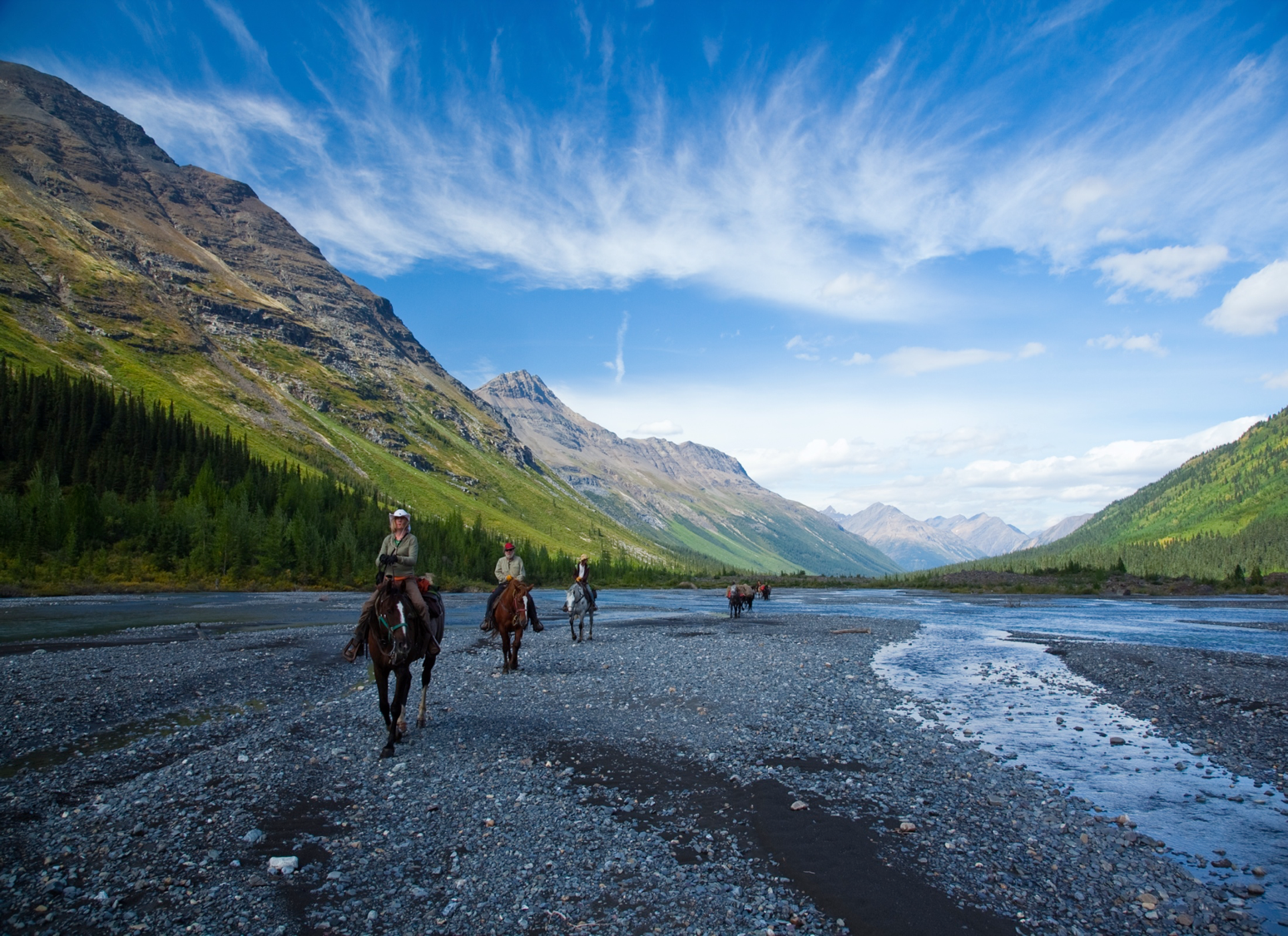To provide observations and information on the emerging fields of landscape scale conservation, heritage preservation, and sustainable community development.
Newsletter
Stay up-to-date with the latest nature, culture and community news.
We won’t spam you or share your information. Newsletters are sent approximately 10 times a year. Unsubscribe at any time.
Virtues of Good Government
What are the Components of Creative Conservation?

Some Lessons from Appalachian Traditional Cultural Places
A recent report prepared at the request of the Greater Newport Rural Historic District Committee – whose National Register-listed district is one of several identified rural historic districts transected by the route of the proposed Mountain Valley Pipeline (MVP) across the Appalachians assesses whether the impacted districts met the criteria for a traditional cultural places” (or properties) – that is “TCPs” – per National Register Bulletin 38.

Rappahannock Retracing their Past.
By Joe McCauley In 1940, Thomas Wolfe wrote You Can’t Go Home Again, a novel about finding one’s identity in the modern world. In popular

Bridging the Nature/Culture Divide with Ecological Restoration
How we resolve the dissonance in our thinking between the goals of conserving ‘nature’ and ‘culture’. One area where this question is being dealt with in an engaging way is within the field of ecological restoration. Off the west coast of Canada, on a small island in the Gulf Islands archipelago, The Galiano Conservancy Association offers an exciting model of how to transform traditional nature conservation.

Introducing the International Land Conservation Network (ILCN)
The need and the recognition of a growing movement inspired the founding of the International Land Conservation Network (ILCN), which is working to connect organizations and people across a broad spectrum of action relating to private and civic land conservation. The ILCN envisions a world in which the public, private, civic (NGO), and academic sectors, together with indigenous communities around the globe, work collaboratively to protect and steward land that is essential for wildlife habitat, clean and abundant water, treasured human historical and cultural amenities, and sustainable food, fiber, and energy production.

Parks Without Borders: Valuing NPS Programs
Environmental economists have traditionally focused on the management of physical park units when performing economic valuations. The value NPS creates by operating cooperative programs outside of its park boundaries (including programs aimed at education, conservation, historical preservation, and recreation) through collaboration with local partners is just as relevant albeit more difficult to define.Still, we cannot omit the value that programs provide just because it is harder to quantify.

Some Lessons from Appalachian Traditional Cultural Places
A recent report prepared at the request of the Greater Newport Rural Historic District Committee – whose National Register-listed district is one of several identified rural historic districts transected by the route of the proposed Mountain Valley Pipeline (MVP) across the Appalachians assesses whether the impacted districts met the criteria for a traditional cultural places” (or properties) – that is “TCPs” – per National Register Bulletin 38.

Rappahannock Retracing their Past.
By Joe McCauley In 1940, Thomas Wolfe wrote You Can’t Go Home Again, a novel about finding one’s identity in the modern world. In popular

Bridging the Nature/Culture Divide with Ecological Restoration
How we resolve the dissonance in our thinking between the goals of conserving ‘nature’ and ‘culture’. One area where this question is being dealt with in an engaging way is within the field of ecological restoration. Off the west coast of Canada, on a small island in the Gulf Islands archipelago, The Galiano Conservancy Association offers an exciting model of how to transform traditional nature conservation.

Introducing the International Land Conservation Network (ILCN)
The need and the recognition of a growing movement inspired the founding of the International Land Conservation Network (ILCN), which is working to connect organizations and people across a broad spectrum of action relating to private and civic land conservation. The ILCN envisions a world in which the public, private, civic (NGO), and academic sectors, together with indigenous communities around the globe, work collaboratively to protect and steward land that is essential for wildlife habitat, clean and abundant water, treasured human historical and cultural amenities, and sustainable food, fiber, and energy production.

Parks Without Borders: Valuing NPS Programs
Environmental economists have traditionally focused on the management of physical park units when performing economic valuations. The value NPS creates by operating cooperative programs outside of its park boundaries (including programs aimed at education, conservation, historical preservation, and recreation) through collaboration with local partners is just as relevant albeit more difficult to define.Still, we cannot omit the value that programs provide just because it is harder to quantify.


